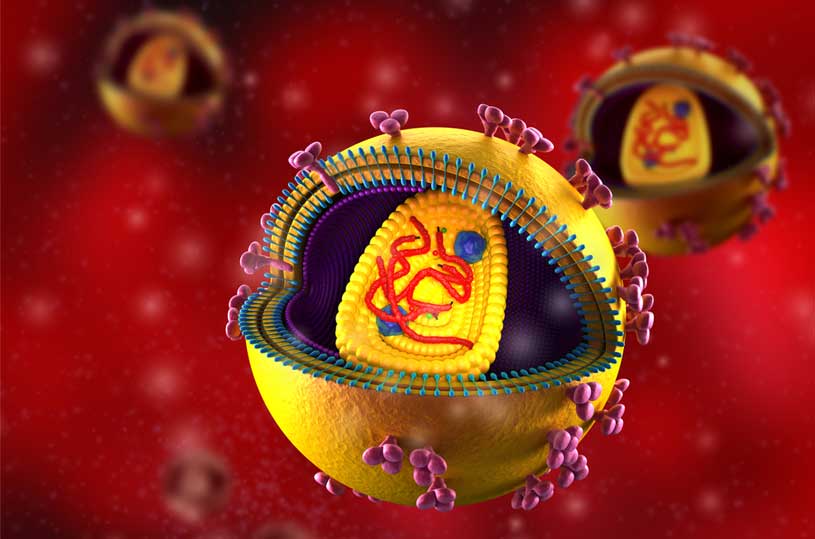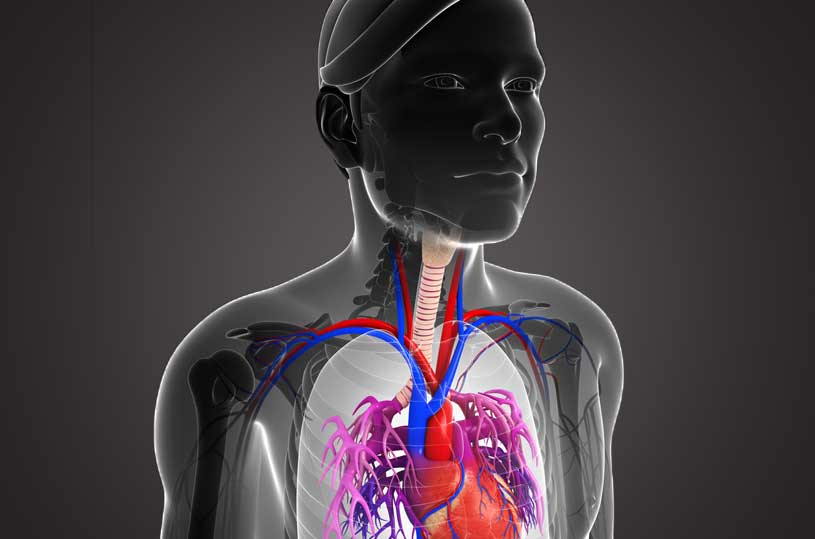Let us consider the nature of water. To us, water in its liquid form seems entirely natural; yet, it is only here, on our small planet, that it exists thus. The sum total of water on our planet is a drop in the ocean relative to the vast quantities of water found in the universe as a whole. Water in outer space exists either in its solid state, as ice, or in its gaseous state as water vapor.
In other words, water in its liquid state is the most uncommon form for water. Yet, it exists here in abundance – as the very foundation of our existence – because planet Earth is just the right distance from the Sun.
Who organized this wonderfully convenient cosmic order?
A few more facts about water:
It is common for people to think of the natural and the miraculous as opposites – one follows the laws of nature, the other transcends it. But seeing that the phenomena we are about to discuss is called the “miracle of water” by scientists themselves (a term rarely used in that world), it seems appropriate that we should use it here.
It is the nature of all materials to expand when hot and contract when cold. This is the reason why a small gap is left between the iron lengths of railway line; so that they will not bend or press up against each other after expanding in the summer or when heated by the friction of the train wheels.
In other words, as the temperature rises, a material expands and its volume grows; as the temperature drops, that same material shrinks and its volume contracts. This basic law of nature applies to all the matter extant in the world, without exception.
However, in contrast with every other substance in the world, it is amazing to discover that at a certain stage, water stops obeying the natural rule and acts in exactly the opposite manner – in complete contradiction of the law.
Between 4º and 0º Celsius (39º and 32º Fahrenheit), as water approaches freezing point, it stops contracting and begins to act as if it were heating up. At these temperatures, water expands and increases in volume!
How can this be?
Scientists have no explanation for how this happens and cannot understand what makes water different from all the other substances in the world; but they understand very well that this unnatural phenomenon is something of a miracle, without which, human life could not exist on Earth.
If water would continue contracting as it approaches its freezing point and its volume would continue to shrink, as is true for all the other substances in nature, ice would be heavier than water and would sink rather than float. If all the ice in the world had sunk during the cold periods, much of the world’s deep sources of water would have frozen and all the sea creatures within that water would have died.
In addition, without the miracle of water, each winter the northern ice seas would freeze into enormous blocks of ice. With the arrival of summer, the melting icebergs would create immense flows of water, which would flood the landmasses and drown everything upon them.
This is truly a miracle.
The only substance that contravenes the laws of nature – expanding rather than contracting in the cold – is the one most necessary for the world’s continued existence. Only water acts in this way, when it reaches the stage at which following the laws of nature would have an adverse effect on the world.
Scientists have no explanation for how or why this happens. However, we know that it is written: “For He spoke, and it was; He commanded, and it stood” (Psalms 33:9).
He, who created the world and imprinted the natural laws onto it, is also the One who ensured the existence of the world He created. For Him, nature and the miraculous are one and the same. Both are brought about through His commandment and will.
A final note about water:
Large concentrations of water are found at many places around the globe, yet who can move them to where they are needed – to irrigate the fields and fill the empty reservoirs? Can they be transported solely by artificial means, such as with pumps and pipes? What about those places lacking the necessary infrastructure or wealth required? Are they doomed to be dead and deserted forever?
With great frequency, vast quantities of water, weighing altogether millions of tons, rise to the sky and travel to those places where they are needed. During this process, liquid water is transformed into vapor, which is lighter than air, and forms a new state high up in the atmosphere, called clouds.
Another further advantage of the evaporation process is that any pollutants or salts in the water remain on the earth as solids, whereas the water vapor itself is clean and pure.
A different aspect of the water system is the special mechanism driven by the temperature differences around the globe. These cause the movement of air, which we call winds, to carry the vast volumes of evaporated water over continents and to the places where it is needed. Eventually, the air cools and the vapor condenses into droplets that are heavier than air. Then, of course, they fall to the ground as rain. In this way, water is distributed to every corner of the world, fills the empty reservoirs, irrigates the growing crops and is there for us to use for drinking, washing, and all other uses.
Isn’t this mechanism wonderful! How often do we notice that the water falls gently as drops that caress the earth and cause man no pain. This is another part of the amazing process that we tend to overlook. Despite their long airborne journey, falling to earth from great heights, the droplets do not touch each other – which might result in a great stream of water pounding our heads and stripping the earth of its topsoil, seeds and delicate seedlings. This occurs even in strong winds – the drops of rain do not touch each other but instead, fall together at an angle, as if in military formation.
Who orchestrated all this and successfully implemented the plan in every tiny detail?





